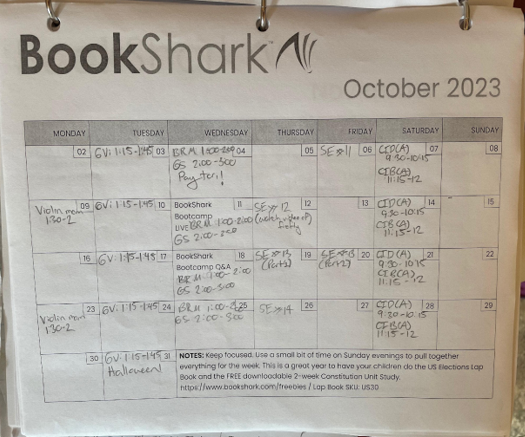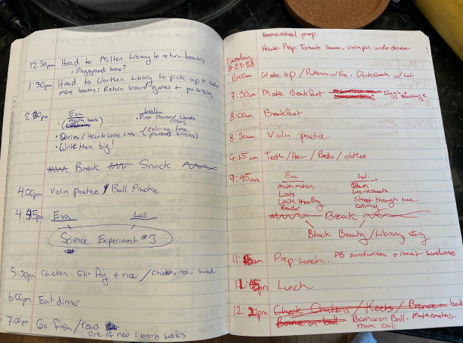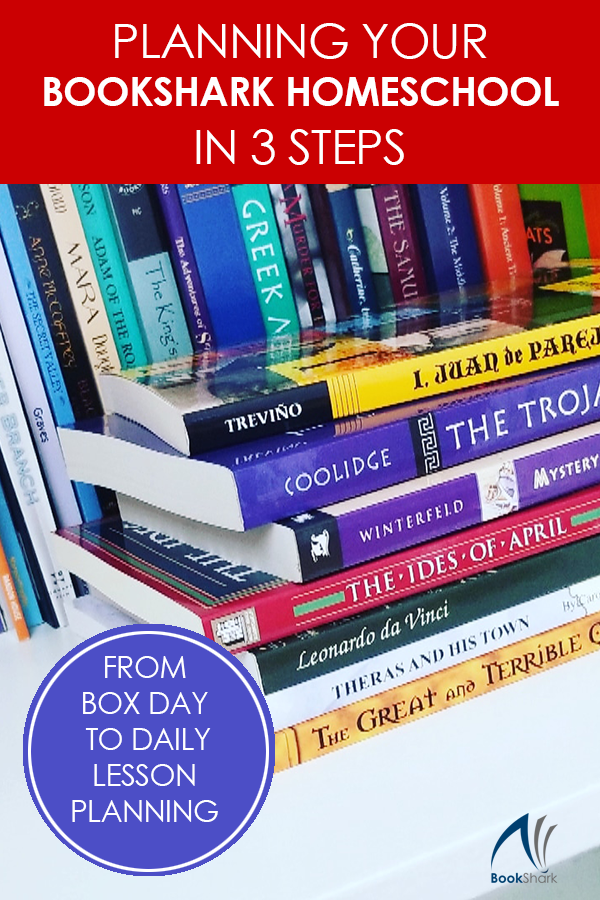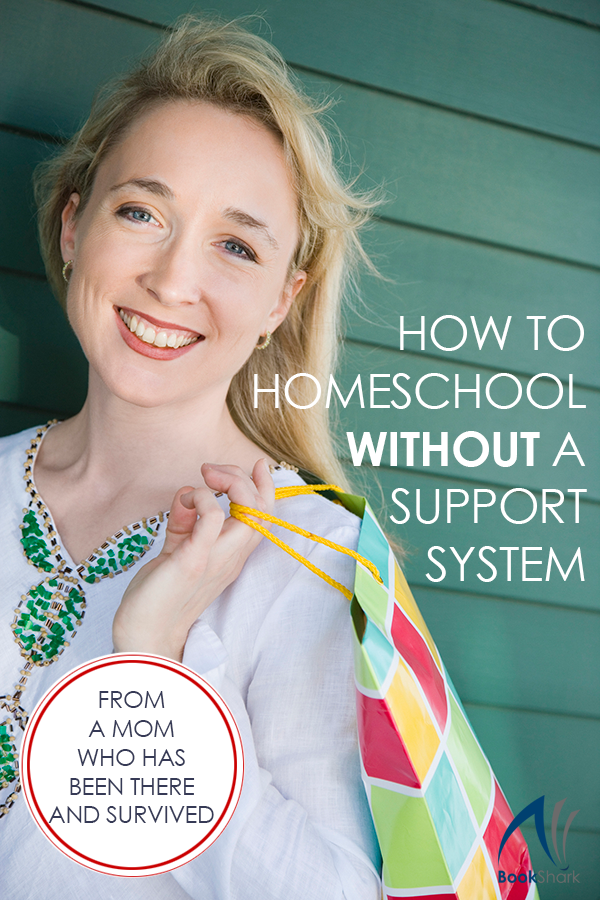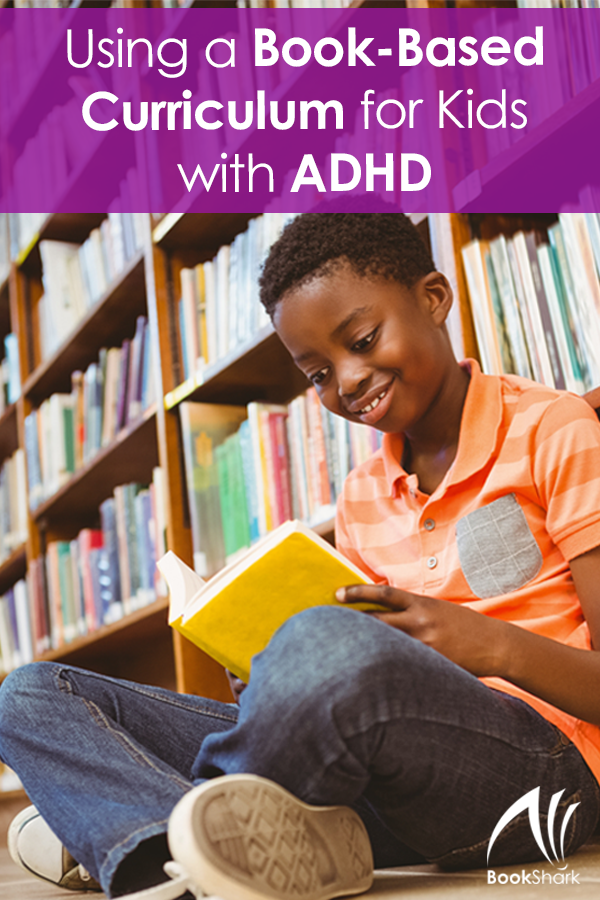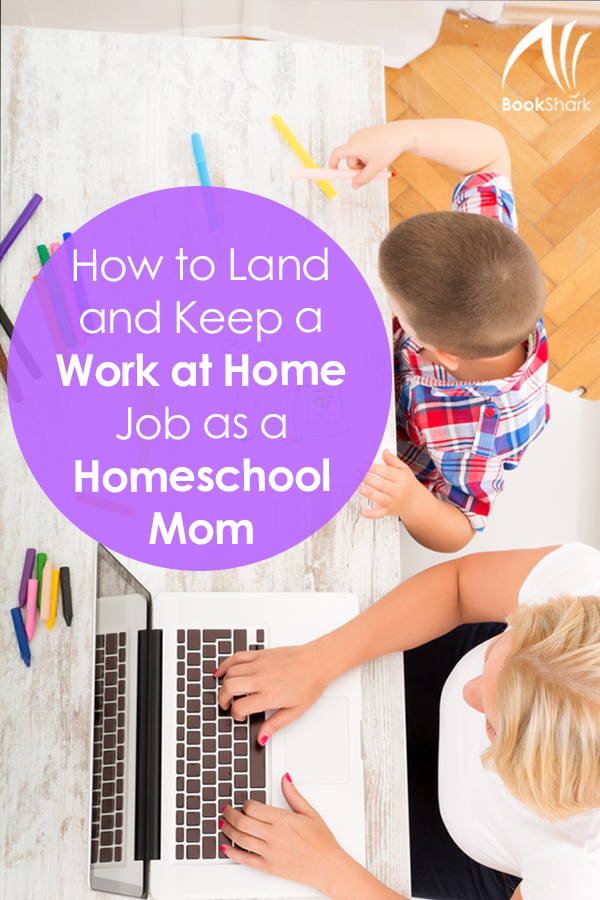- Anxiety…
- Depression…
- Bipolar disorder…
Although millions of people have been diagnosed with these mental illnesses, there is still a stigma attached to having them. At the age of 15, I was diagnosed with bipolar disorder, and for years I let that label control my life. I lived in constant fear that someone outside of my family would find out about my mental health struggles and hold it against me or question everything I do as a parent especially since I homeschool.
Once I stopped letting fear rule my life, I realized that homeschooling actually helps me manage my bipolar disorder. Homeschooling has brought a structure to life that my family didn’t previously have. This newfound, flexible structure opened the door to incorporating more natural treatments for my bipolar into our daily lives. With these natural treatments and an incredible curriculum, I am able to both manage my disorder and successfully educate my children.
What do I mean by natural treatments? Here are a few examples:
1. Staying Active and Working Up a Sweat
Part of managing bipolar disorder is staying active with exercise. Exercising increases the production of endorphins in your body. These awesome little “feel good” chemicals can boost your mood over time and help you through the low periods of your disorder.
Since exercise is a key component of managing my bipolar disorder, I had to find not only a way to incorporate it into my daily life, but also find the motivation to stay consistent. I have always heard that it is easier to stay motivated when you have a workout buddy, so I decided to get my children involved with P.E. classes for homeschool. Not only is my whole family staying active now, but my children are learning from a young age the proper way to exercise and live a healthy lifestyle.
Afterall, exercise benefits us all whether we have bipolar disorder or not. Here are my favorite exercises to generate those happy endorphins:
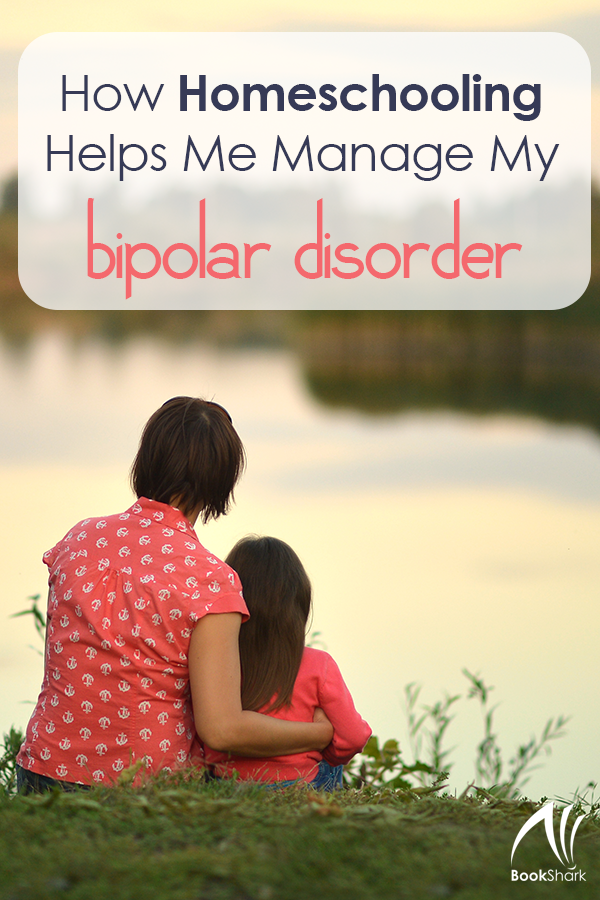
- Cardio
We own both a treadmill and an elliptical, but you don’t have to have fancy equipment to get in a good cardio workout. Going for a walk, jog/run, or bike ride outside will work up a sweat in no time. - Weightlifting
To avoid using the excuse of not wanting to leave the house to go to the gym, my husband and I built a home gym with a variety of weights, a weightlifting bench, and a power rack. Don’t be afraid to buy second hand equipment for your workouts. You would be surprised at the treasures you can find at thrift stores and garage sales. - Exercise DVDs
There are a variety of amazing exercise programs out there for a reasonable price or even free. Try out a few and find what works best for you and your family.
2. Eating a Balanced Diet and Avoiding Trigger Foods
There are certain foods that are considered trigger foods when it comes to bipolar disorder. These trigger foods can vary drastically, but my main culprits are these three:
- Caffeine
Caffeine is a stimulant which can interrupt sleep patterns. Sleep deprivation is a well-known trigger for bipolar mood swings and mania. I already have issues sleeping, so I only allow myself to have one cup of coffee in the morning. - Alcohol
Alcohol is the leading trigger for bipolar depressive episodes. Alcohol takes away your self control and can be unsafe to take with your medications. Since managing bipolar disorder can be difficult enough on its own, I do not consume alcohol ever. - Starches
Pasta, rice, and potatoes all make me feel a bit drowsy, which leads to me being very unmotivated and even depressed. Just like caffeine, I try to limit the number of starches I include in my diet.
Since there can be such variation in trigger foods, you should talk to your doctor and keep your own personal notes. I found that keeping a food journal not only helps me eat a balanced diet but also allows me to make mood observations. Through my food journal I discovered the correlation between starches and my low energy levels.
As an added bonus, keeping a food journal opened the door to teaching nutrition in my homeschool. My children each have their own food journals and are learning about portion sizes, macronutrients, and good and bad fats.
3. Getting Beauty Sleep, Sticking to a Schedule, and Socializing
Before I started homeschooling our life was very relaxed. I slept in, ate at random times, and spent a lot of time doing nothing. In order to both homeschool and manage my bipolar disorder I had to make some big changes to my lifestyle.
- Sleep
It is not uncommon with bipolar disorder to find it almost impossible to sleep or at least to have sleep disturbances. Despite these difficulties, I try to go to bed and wake up around the same time every day. I may not get the recommended 8 hours of sleep, but I know I can’t just stay in bed all day any more because school must go on. - Schedule
Finding the balance between homeschooling and homemaking can be difficult. This year I started using BookShark’s all-subject curriculum packages with my children. Each package includes an Instructor’s Guide, which organizes everything into a 4-day schedule. Since everything I need is included in my guide, I have a lot more time to simply teach, prepare meals, and keep our home tidy. - Socialization
Last year I enrolled my children in a homeschool partnership. I thought it would be good for them to take some elective courses and to make some new friends. However, it turned out to be so much more than that. Joining this homeschool community forced me out of self-inflicted isolation and brought some incredible friends into my life.
Don’t let a diagnosis hold you back. I am a mother, I am a homeschooler, and I am bipolar. Each of these labels is only part of who I am. Having a mental disorder does not make you incapable of living your life to the fullest—or homeschooling your children.

About the Author
Roxanne Raiche is a book hoarding, coffee loving, homeschooling mama of three in Iron Mountain, Michigan. She is the voice behind Blushing Bibliophile.



